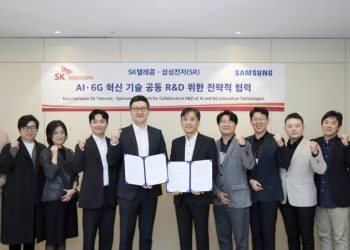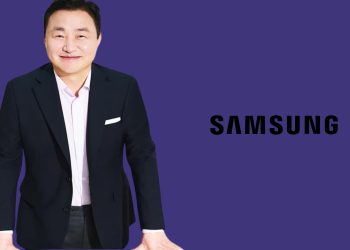Samsung Electronics hosted the 11th Samsung Developer Conference Korea 2024 (SDC24 Korea) virtually, unveiling its latest generative AI model, Samsung Gauss2. This new iteration builds upon the company’s first-generation AI model introduced last year, offering enhanced performance and efficiency. The event, which has been held annually since 2014, serves as a platform to engage software developers and showcase Samsung’s technological advancements.
During the keynote, Samsung highlighted Gauss2’s multimodal capabilities, allowing it to simultaneously process multiple data types, including code, images, and languages. Designed to operate within the company’s intranet environment, Gauss2 aims to improve workflow efficiency for developers, engineers, and other employees, distinguishing itself from external AI agents like ChatGPT.
Samsung Gauss2, the company’s latest generative AI model, introduces enhanced performance and efficiency. It is designed to handle multiple data types like language, code, and images simultaneously. Available in three variants—Compact, Balanced, and Supreme—each model caters to different use cases and computing environments.
The Compact version is optimized for devices with limited processing power and can operate entirely independently without internet connectivity. The Balanced model strikes a middle ground, offering a reliable mix of performance and speed. In contrast, the Supreme model leverages a Mixture of Expert technology to provide top-tier performance with reduced computational costs.
Gauss2 supports up to 14 languages, including English and Korean, and various programming languages, depending on the model. Samsung claims its new model outperforms many open-source AI solutions, especially in language generation and coding tasks. In particular, the Balanced and Supreme models are 1.5 to 3 times faster than the first-generation Gauss, providing quicker response times and improved task handling. These advancements help reduce user wait times and enhance overall efficiency, making it a valuable tool for both developers and general users.
Samsung envisions broadening Gauss2’s applications beyond development by embedding it into an array of products, including smartphones, tablets, laptops, and home appliances. The AI model will enhance Galaxy AI features such as Browsing Assist, Call Assist, Chat Assist, and others. Additionally, the integration of Samsung’s Knowledge Graph technology with Gauss2 is set to deliver highly personalized functionalities tailored to individual user preferences. This advancement promises a more seamless and efficient experience across Samsung’s extensive lineup of devices.
Samsung has already deployed the first-generation Gauss model internally to improve employee productivity, assisting with tasks like email composition, document summarization, and translation. With Gauss2, the company is taking AI-powered assistance to the next level, providing its workforce with even more robust tools for enhanced performance.
Since its introduction, Samsung Gauss2 has been widely adopted within the company’s operations. More than 60% of developers in Samsung’s DX division now rely on Gauss2 for tasks like coding support, summarizing documents, drafting emails, and translating content. Additionally, call center teams have begun using Gauss2 to efficiently classify and summarize customer interactions, improving workflow and boosting overall productivity.
Samsung plans to further enhance Gauss2’s capabilities, focusing on expanding its support for multimodal tasks like interpreting tables and charts and generating images. Additionally, the company aims to improve features on the Samsung Gauss Portal, particularly its question-and-answer functionalities. As part of its “AI for All” vision, Samsung is committed to leveraging AI and knowledge graph technologies to deliver personalized and intuitive user experiences across its product lines, further integrating AI into its consumer and business solutions.






